Headphone measurement
We have already explained how we test in great detail and transparently in the basic article “Gaming headsets: myth, truth and how we test”, because you don’t really get anywhere with the usual audio gibberish of bass thunderstorms and tweeter whips. You have to be able to listen well subjectively and measure in parallel. Let’s start with the latter first and move on to measuring the headphone quality. I have normalized the frequency response again at 1 KHz to 0 dB, so that on the one hand one can easily evaluate the overall response with all additions and frequency drops and on the other hand one does not completely lose the possibility of comparison to previous measurements.
But it is still different, because the smoothing (1/1 octave) is later supplemented by the almost unsmoothed representation (1/24 octave). Of course, this makes everything look much more “jittery”, but it also fits much better with reality. Because one thing is also clear: there is no such thing as the ideal curve. But let’s start with the smoothed curve first, because it is easier to explain. What we see is not a typical bathtub, thanks for that. Of course, the slightly implied bass hump pushes the lower mids down a bit in level, but you’ll be able to tolerate it. However, the presence from the upper mids and in the high frequencies takes some getting used to and is even crisp. This is good for players, of course, but for the audiophile who likes to listen to a harp, this is just fine. But the peaks cannot be explained away.
The bass also goes down well, but wants to be kicked properly. With a bit more power through the equalizer, you’ll even have a really pitch-black bass day to the grave far below 30 Hz, because the drivers are level-firm enough in any case. If you put your mind to it, you will even get far above the pain threshold if you own and use a potent amplifier. So watch out!
Let us now put aside the PR-compatible representation and look at the unsmoothed curve. Of course, the “only” semi-professional measuring equipment also plays a role here, but the measured values are very similar here as well. We can see here once again more clearly that the rather midrange and treble-heavy design of the headset is certainly also suited to e-sports. But here, too, the manufacturer’s specifications on the data sheet were very deliberately made without specifying the tolerance range. Sharkoon also has to put up with this criticism.
Cumulative spectra (CSD and SFT)
The cumulative spectrum refers to various types of graphs showing time-frequency characteristics of the signal. They are generated by sequentially applying the Fourier transform and appropriate windows to overlapping signal blocks. These analyses are based on the frequency response diagram already shown above, but additionally contain the element of time and now show very clearly as a 3D graphic (“waterfall”) how the frequency response develops over time after the input signal has been stopped. Colloquially, such a thing is also called “fading out” or “swinging out”.
Normally, the driver should also stop as soon as possible after the input signal is removed. However, some frequencies (or even whole frequency ranges) will always decay slowly(er) and then continue to appear in this diagram as longer lasting frequencies on the time axis. From this, you can easily see where the driver has glaring weaknesses, perhaps even particularly “clangs” or where resonances occur in the worst case and could disturb the overall picture.
Cumulative Spectral Decay (CSD)
Cumulative spectral decay (CSD) uses the FFT and a modified rectangular window to analyze the spectral decay of the impulse response. It is mainly used to analyze the driver response. The CSD typically uses only a small FFT block shift (2-10 samples) to better visualize resonances throughout the frequency range, making it a useful tool for detecting resonances of the transducer. The picture shows very nicely the exemplary transient response and the hardly present bass resonances. However, the diaphragm resonates a bit at around 500 Hz and 8 or even more at 10 KHz, which I don’t find annoying, but creates exactly the high-frequency peak that Sharkoon is so proud of.
Well, you save the AI here to crystallize even lousy, highly compressed MP3 files or lousy YouTube streams a bit in the high-frequency, but with very good recordings this is already a bit too much for me. You can love it, but you don’t have to hate it. But you can also turn off the 10 kHz tap on the EQ, and then the peak is gone again.
Short-time Fourier Transform (STF)
The Short-time Fourier Transform (STF) uses the FFT and Hanning window to analyze the time-varying spectrum of the recorded signals. Here, one generally uses a larger block shift (1/4 to 1/2 of the FFT length) to analyze a larger part of the time-varying signal spectrum, especially approaching application areas such as speech and music. In the STF spectrum we can now also see very nicely the work of the drivers, which only afford very small weaknesses in some frequency ranges. This “dragging” at some frequencies (1.2 KHz, 3.7 KHz) is then repeated and at about 15 kHz there is another whip in the super high frequency.
Burst Decay
In CSD, the plot is generated in the time domain (ms), while the burst decay plot used here is represented in periods (cycles). And while both methods have their advantages and disadvantages (or limitations), it’s fair to say that plotting in periods may well be more useful for determining the decay of a driver with a wide bandwidth. And that’s where the SGH50 performs quite well. We see a slight resonance oscillation in the upper bass at about 170 Hz, a few small lags between 2 and 4 kHz and then later a peak again between about 8 and 12 kHz. But this is not something that is subjectively perceived as a real negative. Ergo, everything sounds dust-dry and even very crisp, which should also be taken as a compliment. That’s because you usually see it much worse in headsets under 150 Euros.















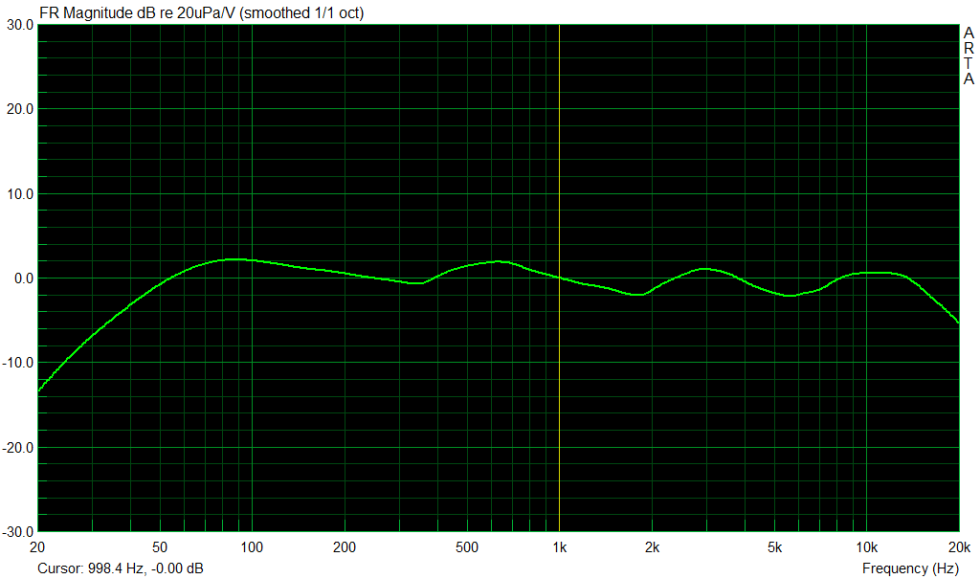
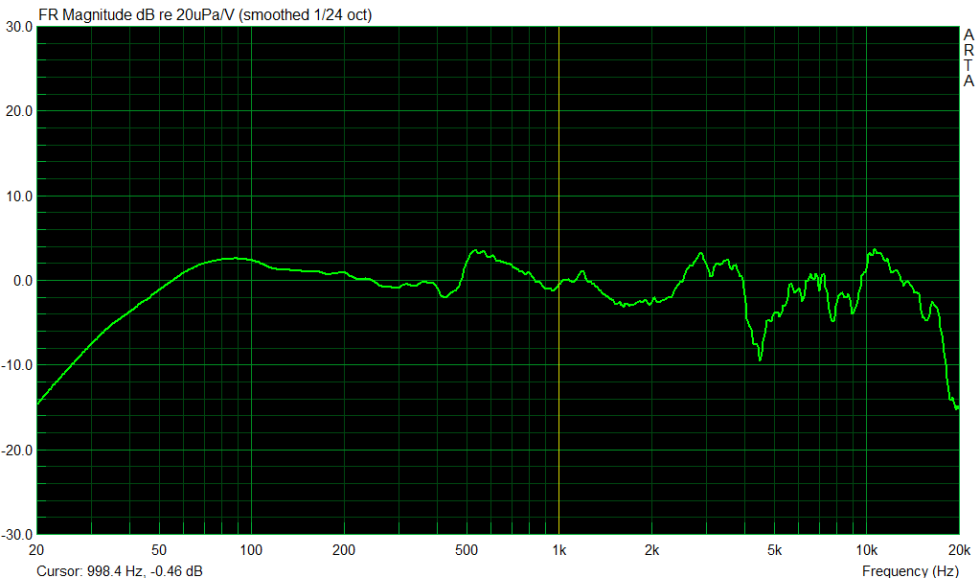
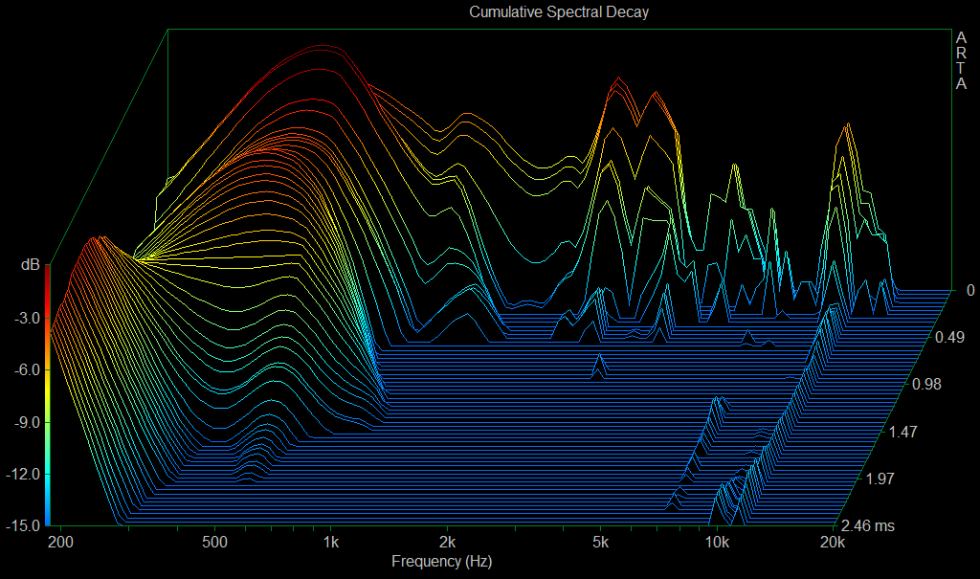
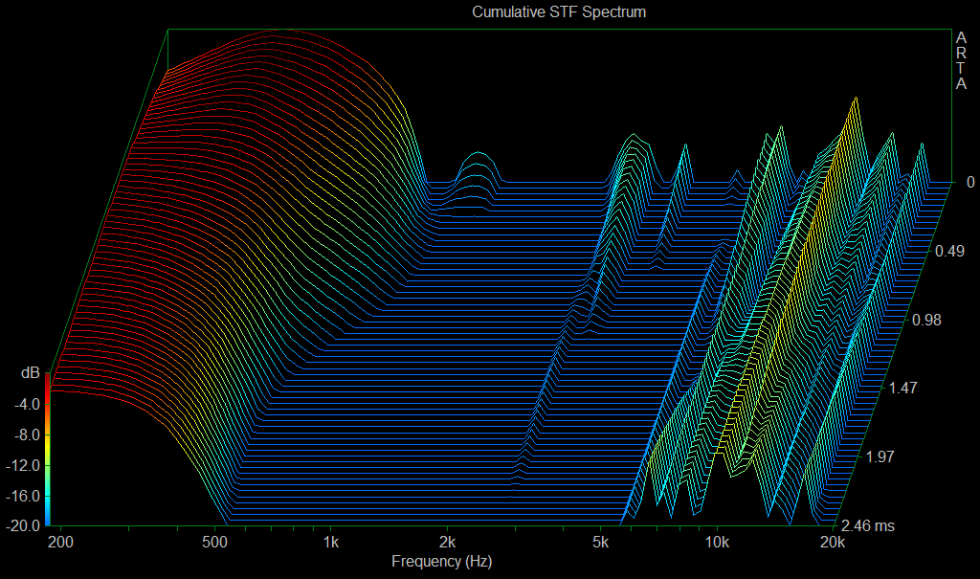
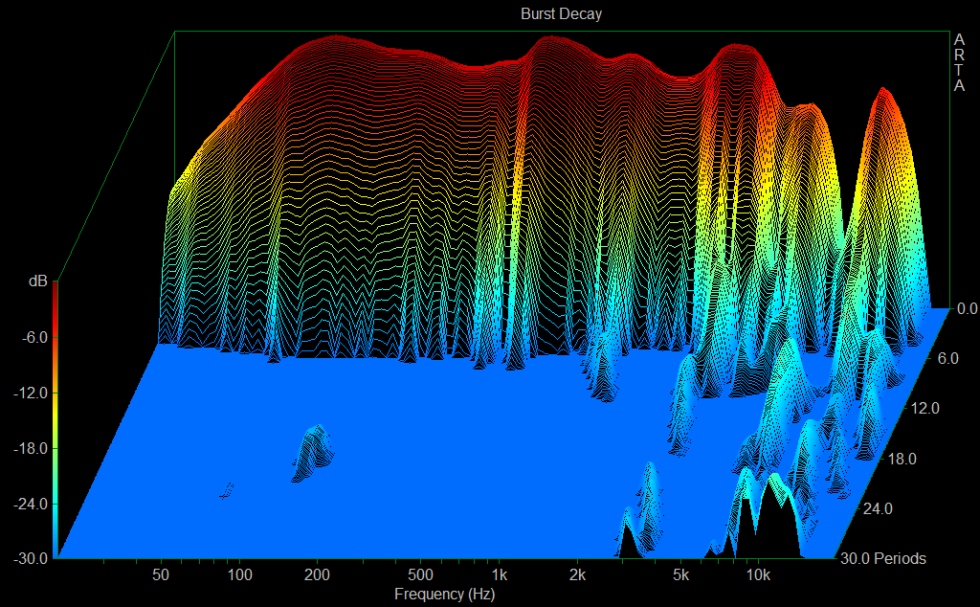




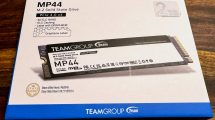














65 Antworten
Kommentar
Lade neue Kommentare
Veteran
1
Neuling
Veteran
Mitglied
Urgestein
Urgestein
1
1
Urgestein
1
Urgestein
Urgestein
Urgestein
Urgestein
Moderator
Alle Kommentare lesen unter igor´sLAB Community →